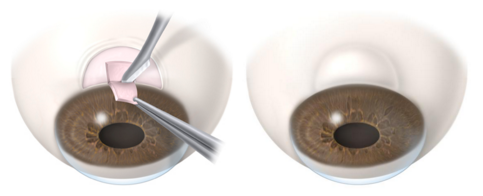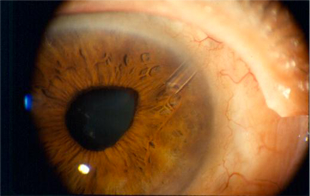Laser treatment or surgery is offered to patients whose disease condition has not been well-controlled with medications or who suffer adverse reactions to medications.
What Kinds of Laser Surgery Are Performed For Glaucoma?


Laser surgeries lower intraocular pressure by enhancing the drainage of aqueous fluid or slowing its production. In angle closure glaucoma, a laser peripheral iridotomy is performed to widen the drainage angles and improve aqueous flow from behind the iris to the front of the eye.
In some open angle glaucomas, selective laser trabeculoplasty can help reduce eye pressure. This improves aqueous drainage by clearing the microscopic debris in the drainage angles. Patients may still need to continue their glaucoma eyedrops to control the eye pressure after the laser treatment and sometimes a repeat laser procedure is required.

Some patients require laser cyclophotocoagulation which destroys the cells in the eye that produces the fluid in the eye, thereby lowering the eye pressure. This is performed as a day surgery procedure under local anaesthetic with sedation. This is especially useful if the eye pressure is very high despite maximum medications and it is not suitable to perform other forms of surgery.
What Types Of Surgery Are Performed For Glaucoma?

Who Should Undergo the Surgery?








